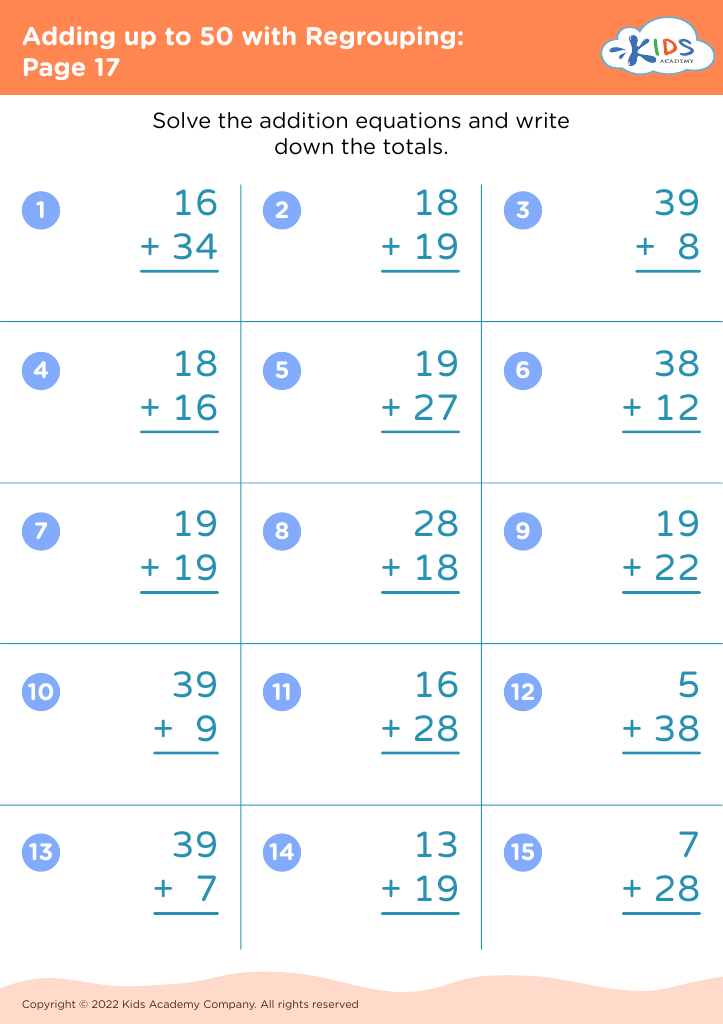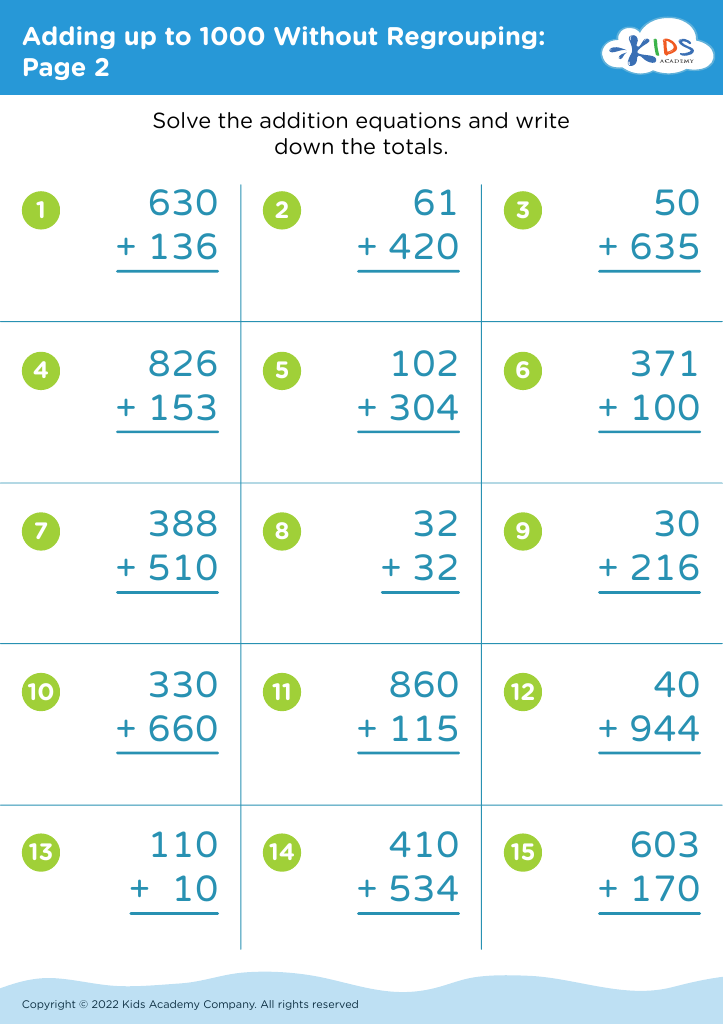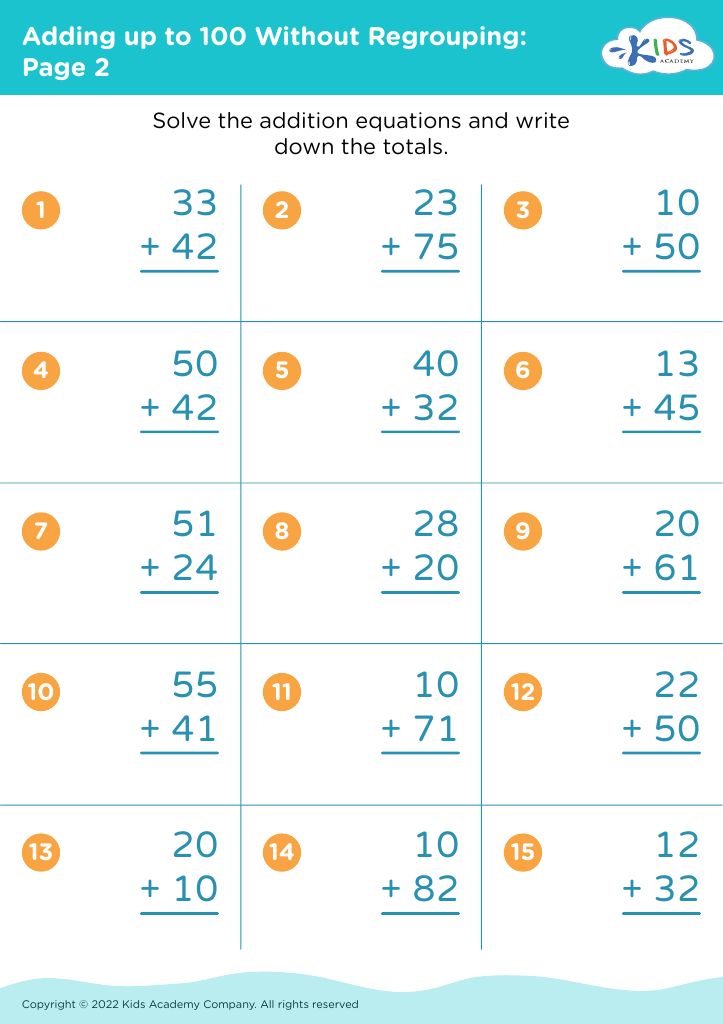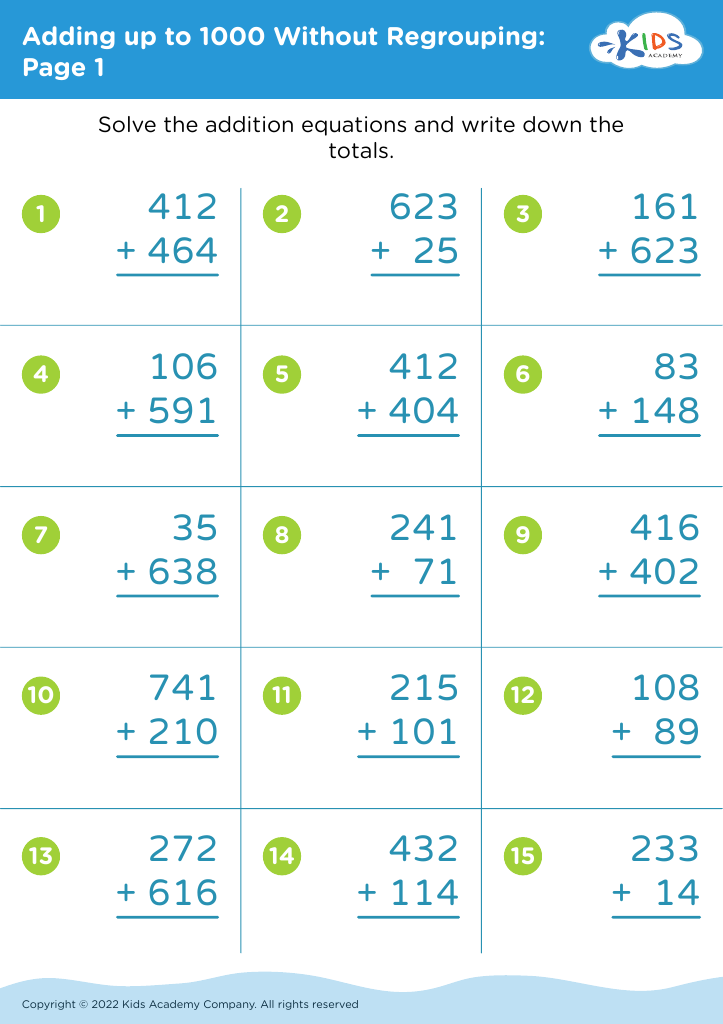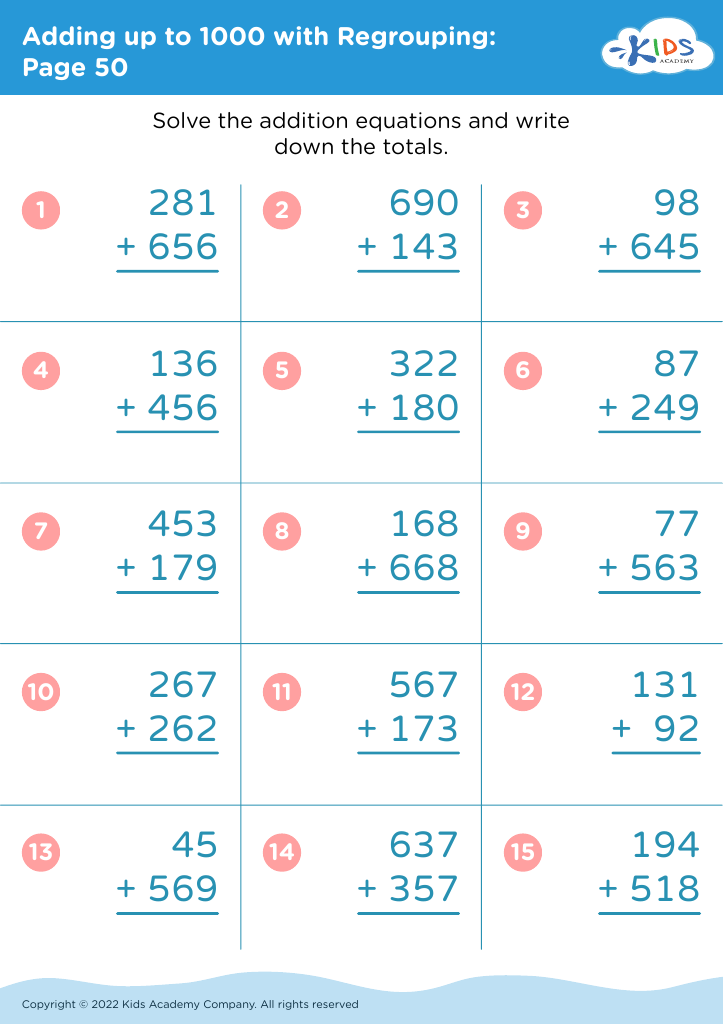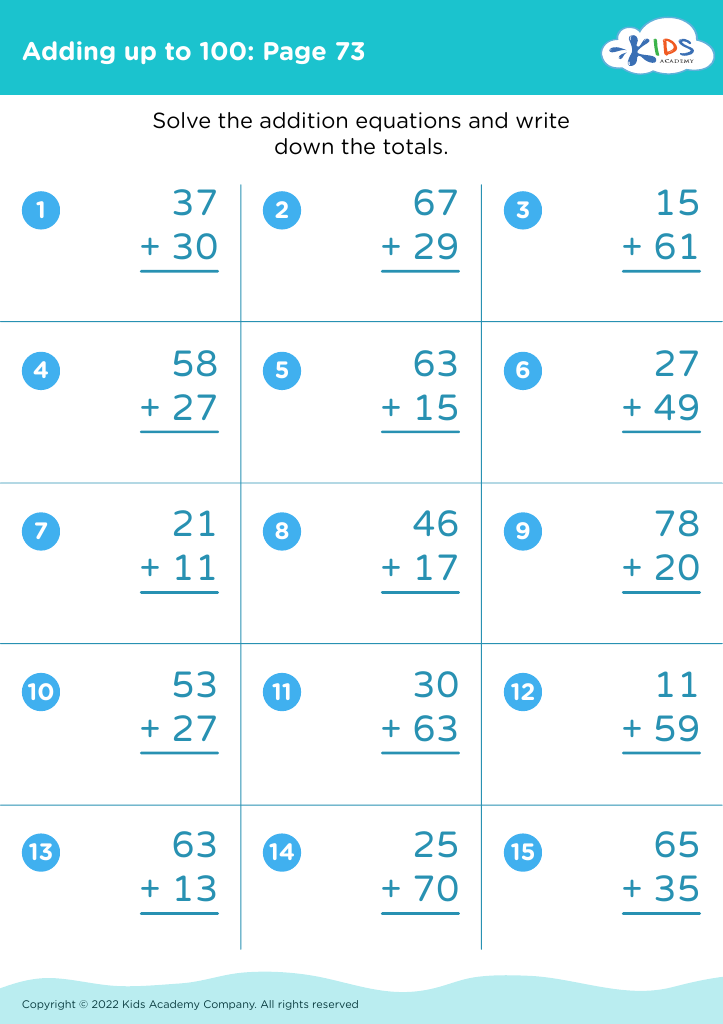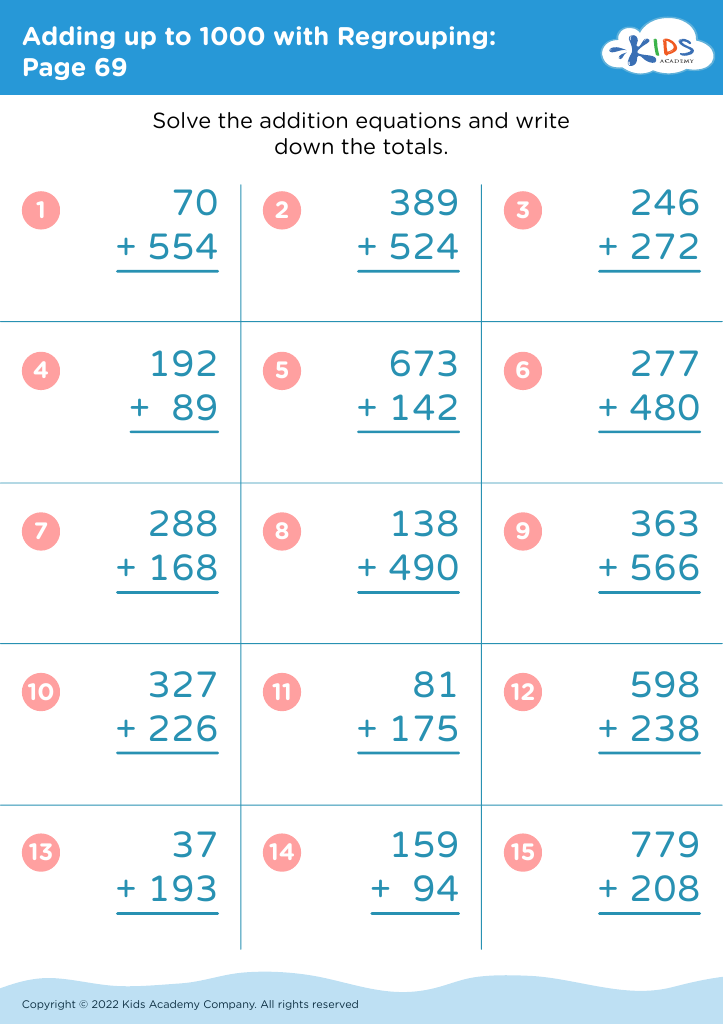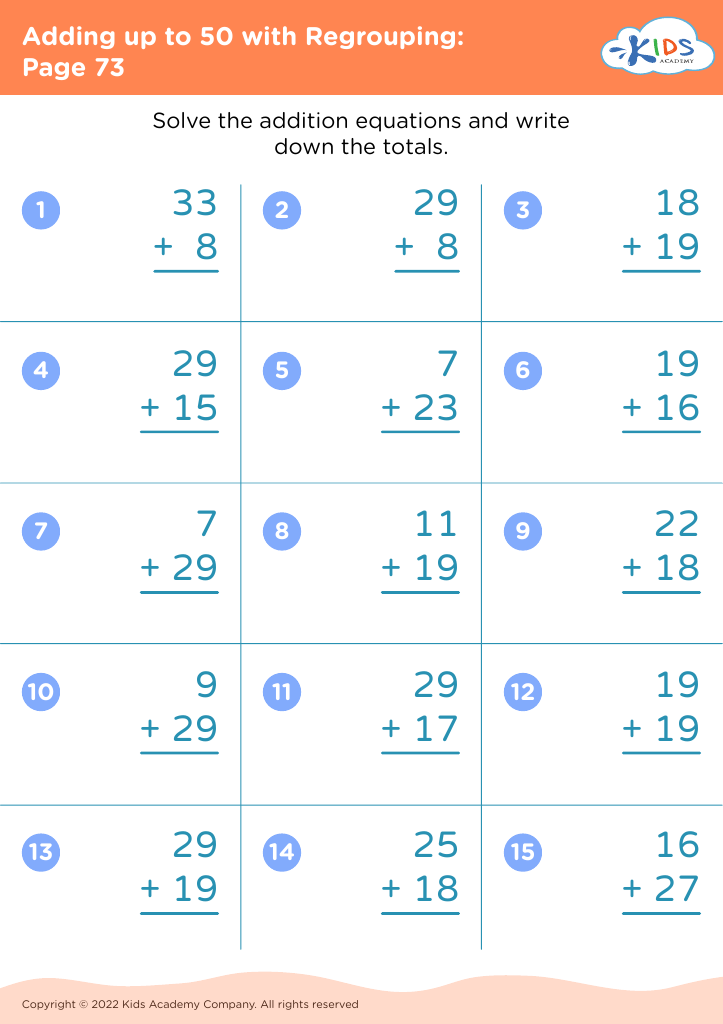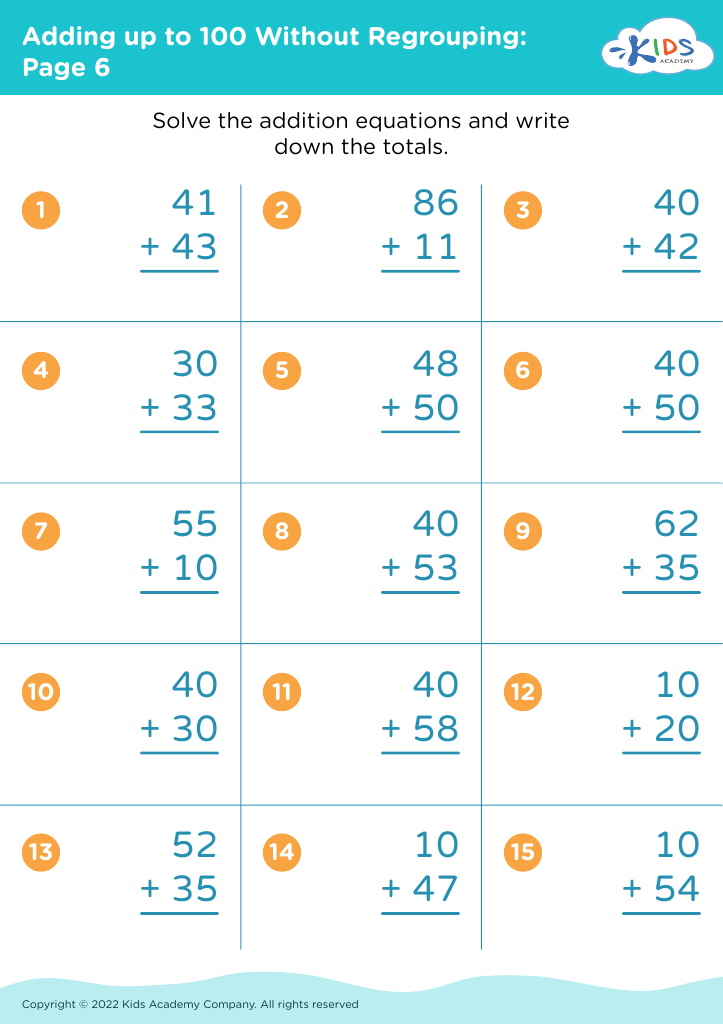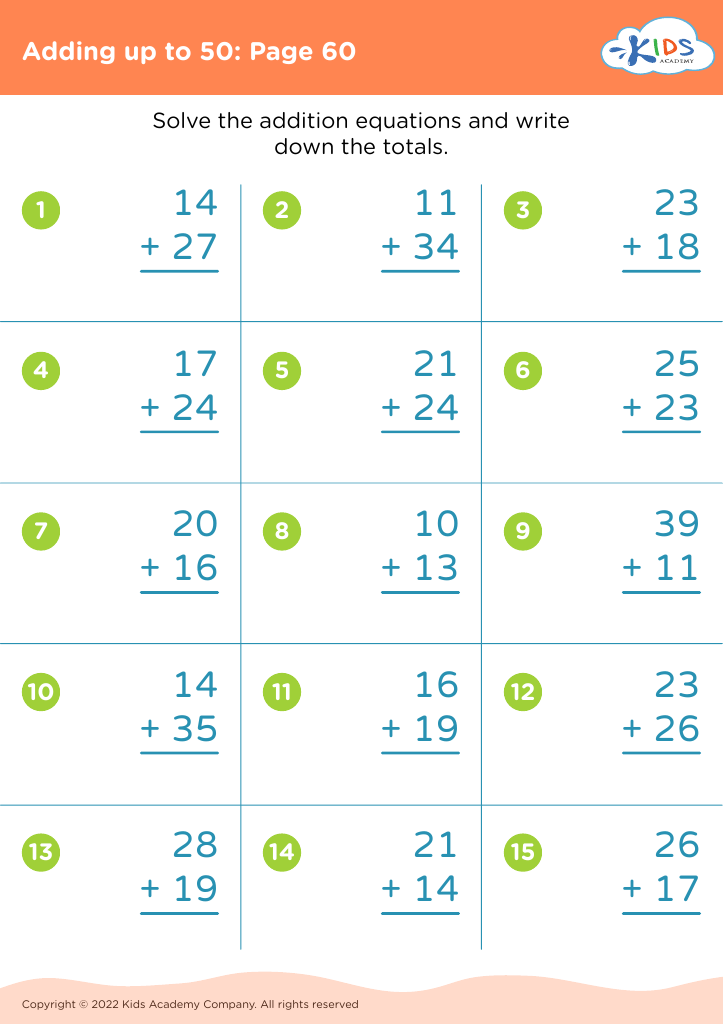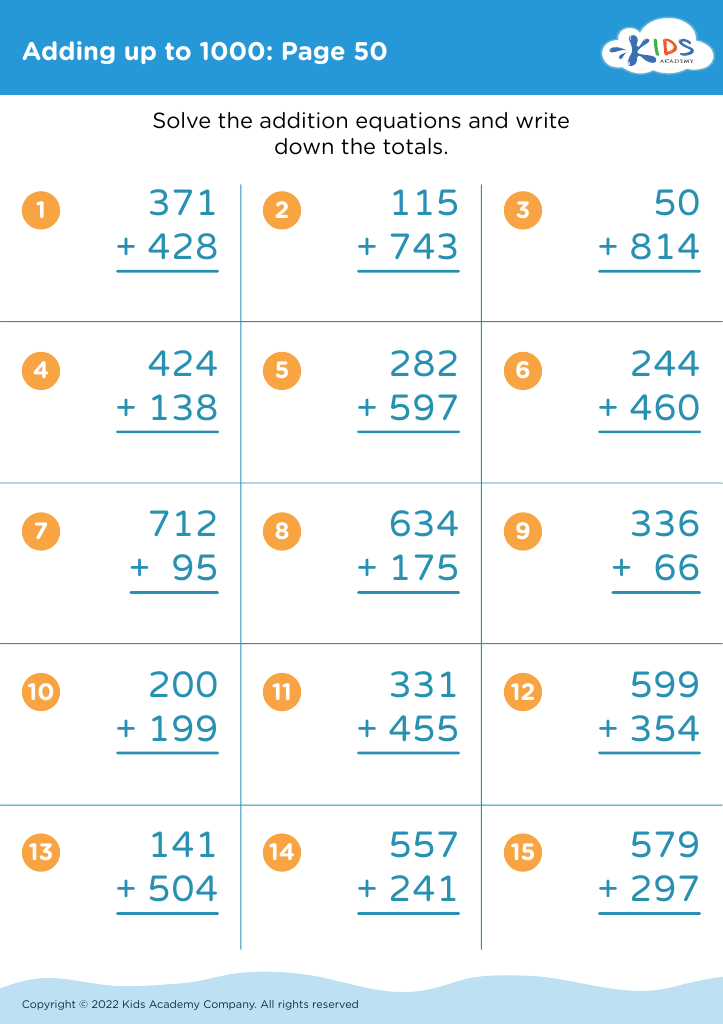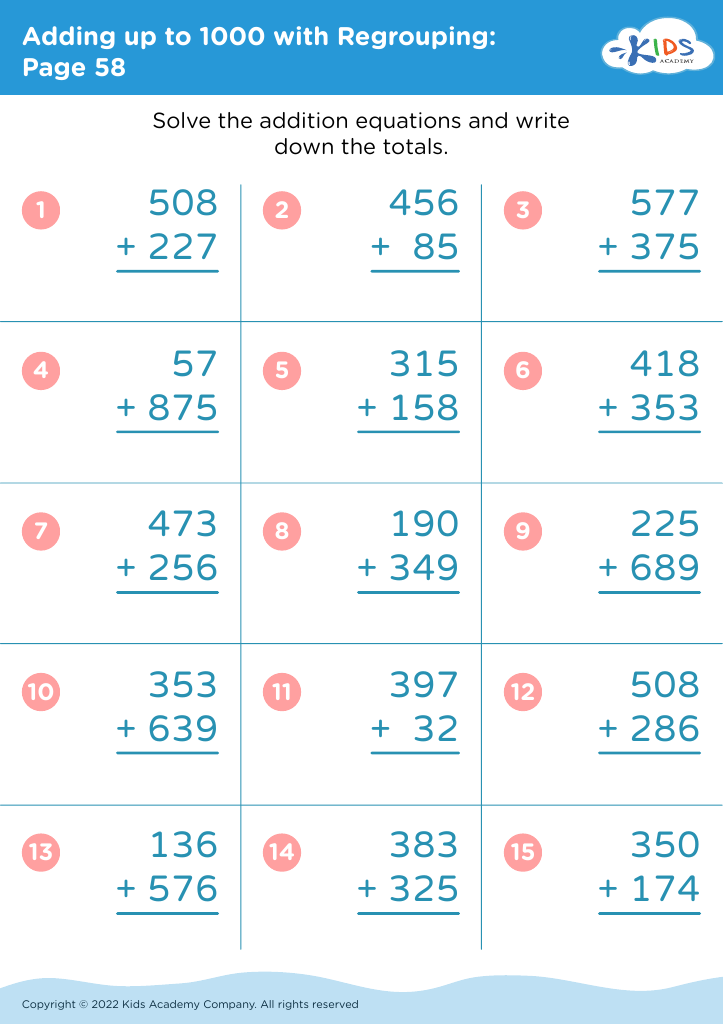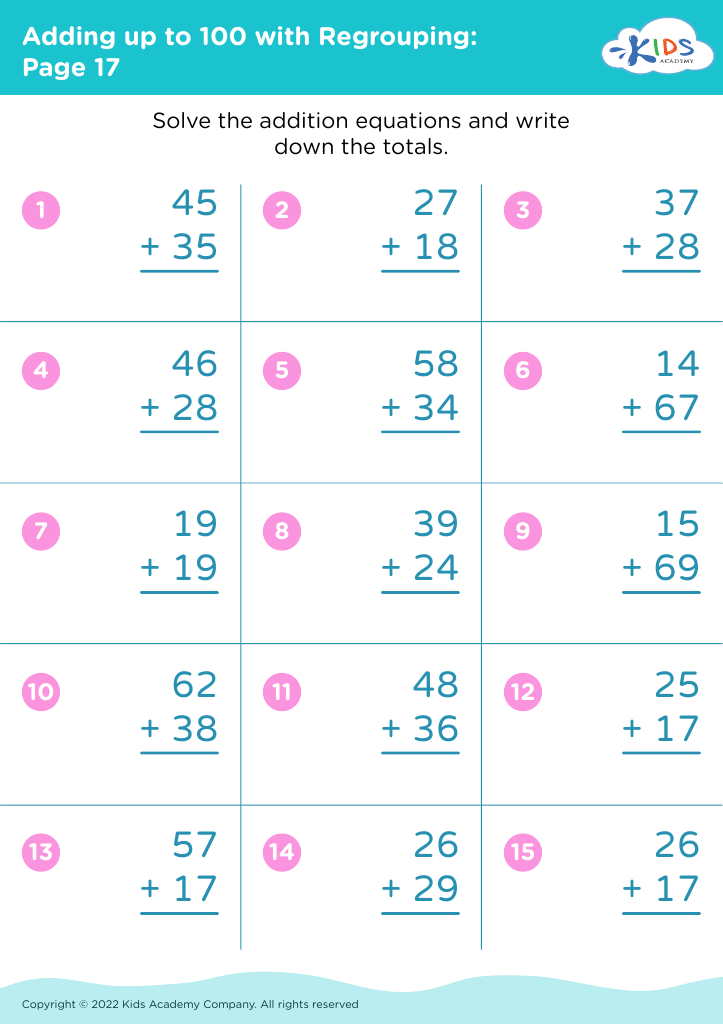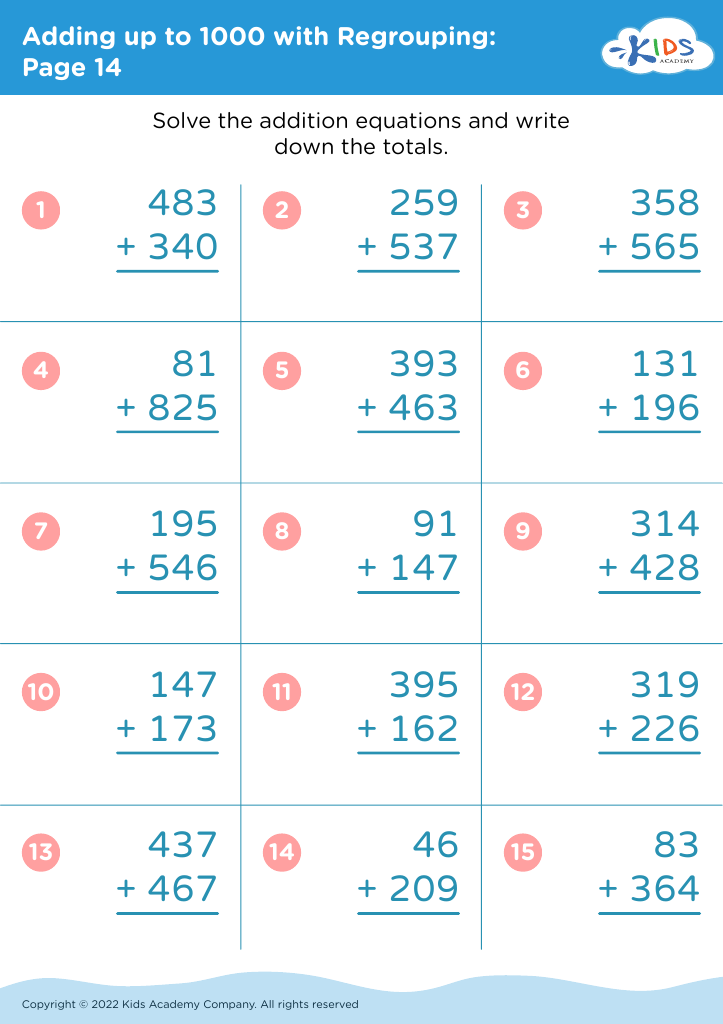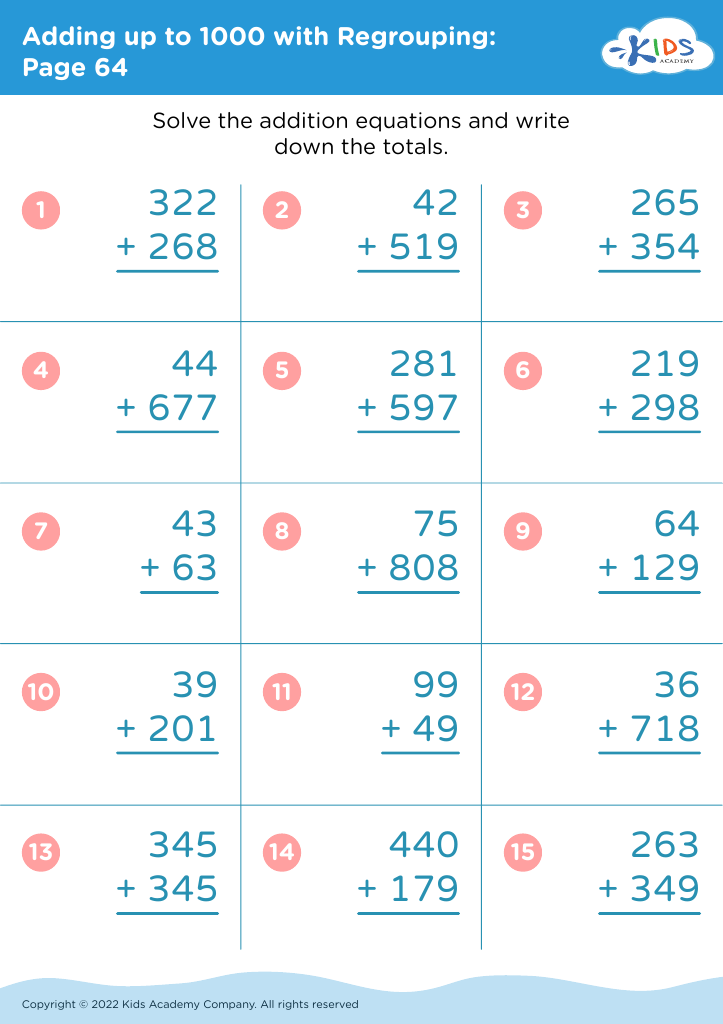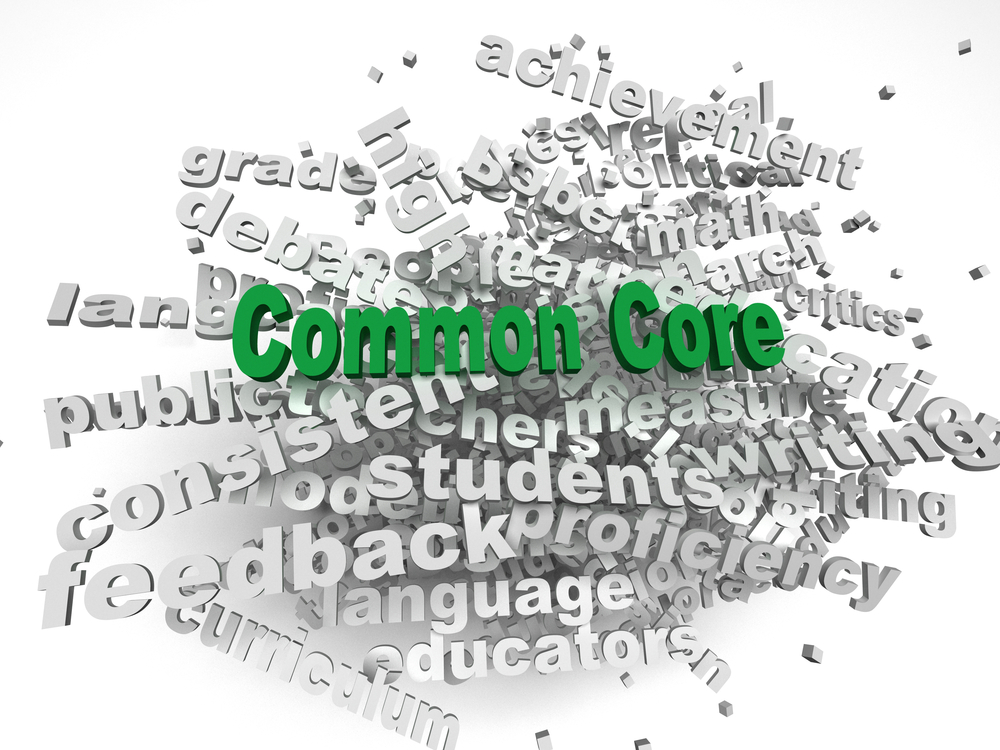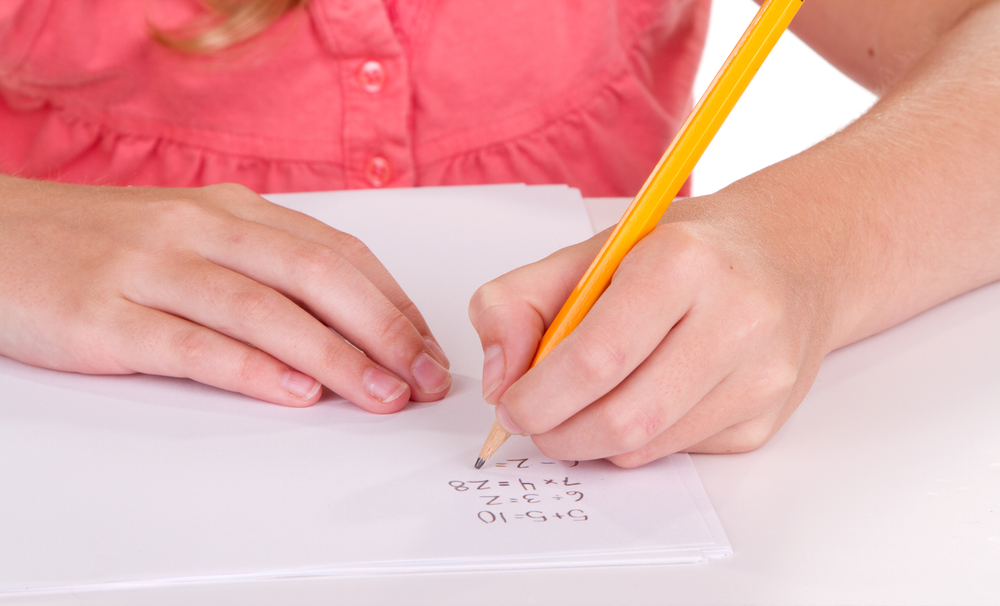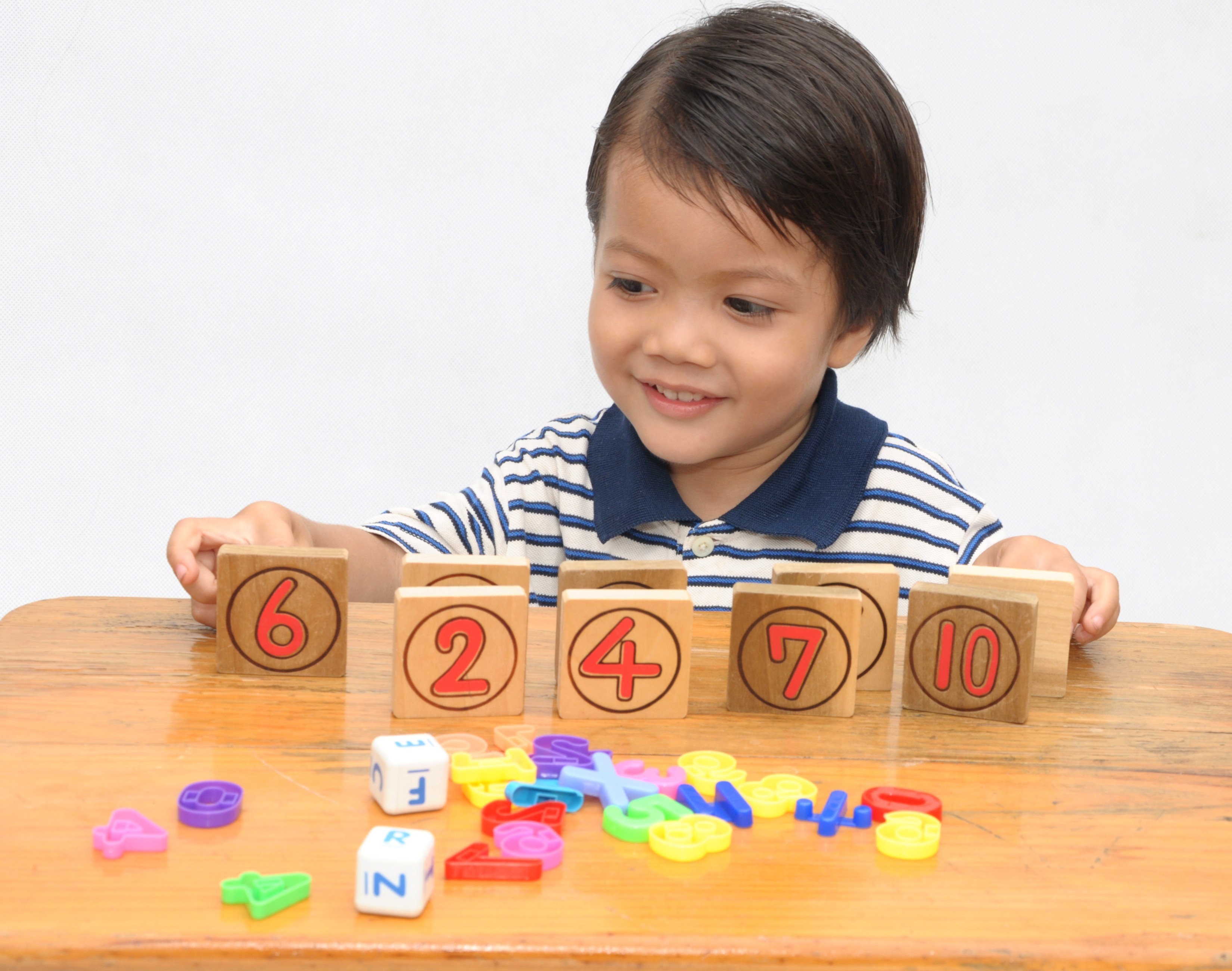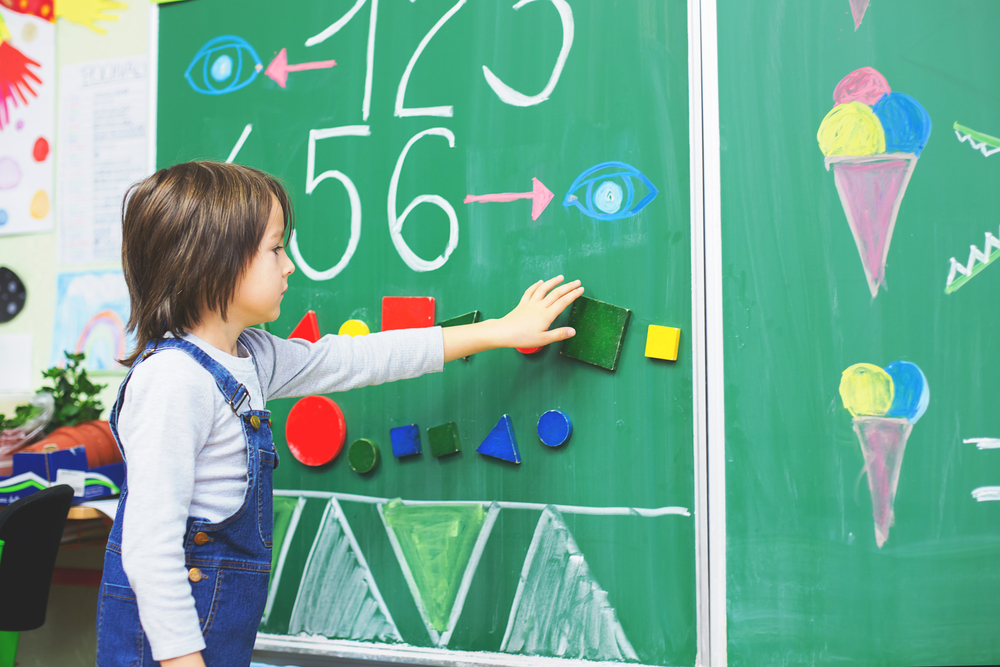Shape Recognition Addition & Subtraction Worksheets for Ages 6-8
33 filtered results
-
From - To
Introducing our engaging Shape Recognition Addition & Subtraction Worksheets, specifically designed for kids aged 6-8! These worksheets creatively blend essential math skills with shape recognition, creating a fun and educational experience. Perfect for young learners, each worksheet features colorful shapes incorporated into addition and subtraction problems, promoting cognitive development and boosting math confidence. Ideal for home or classroom use, these printable activities help children grasp fundamental concepts while enjoying the learning process. Empower your child’s math journey today with our Shape Recognition Addition & Subtraction Worksheets!
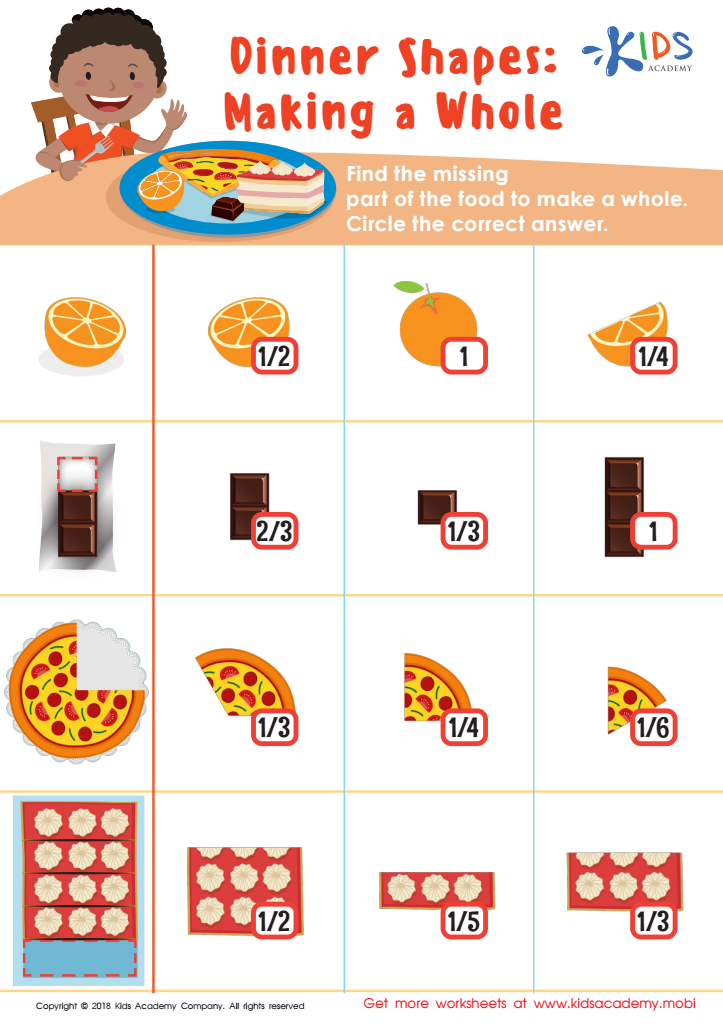

Dinner Shapes: Making a Whole Worksheet
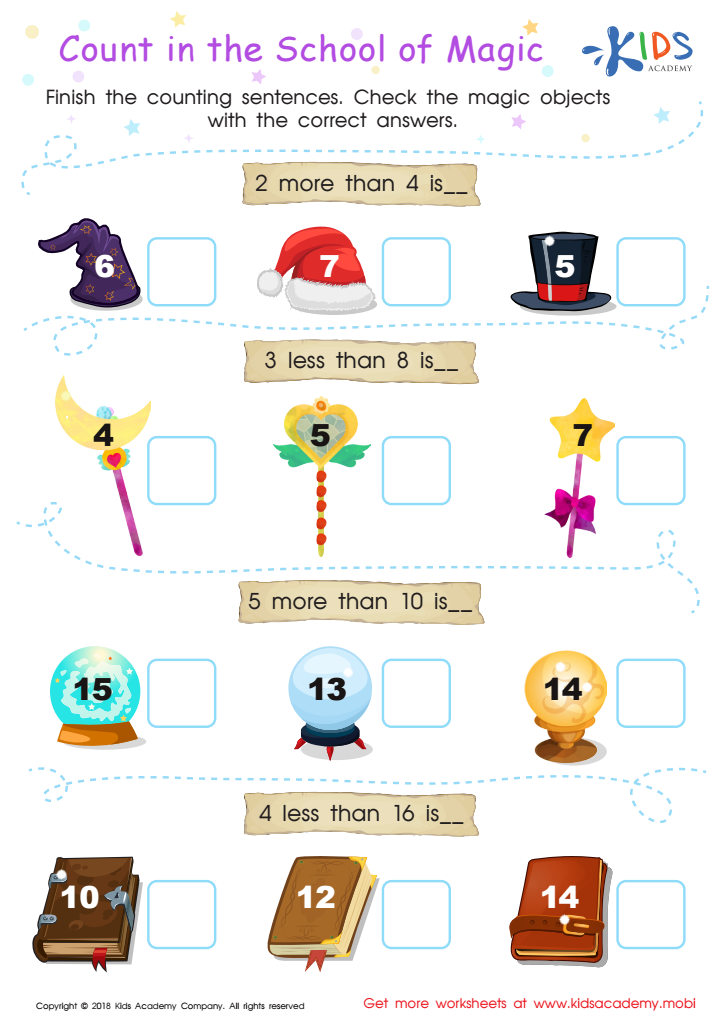

Count in the School of Magic Worksheet
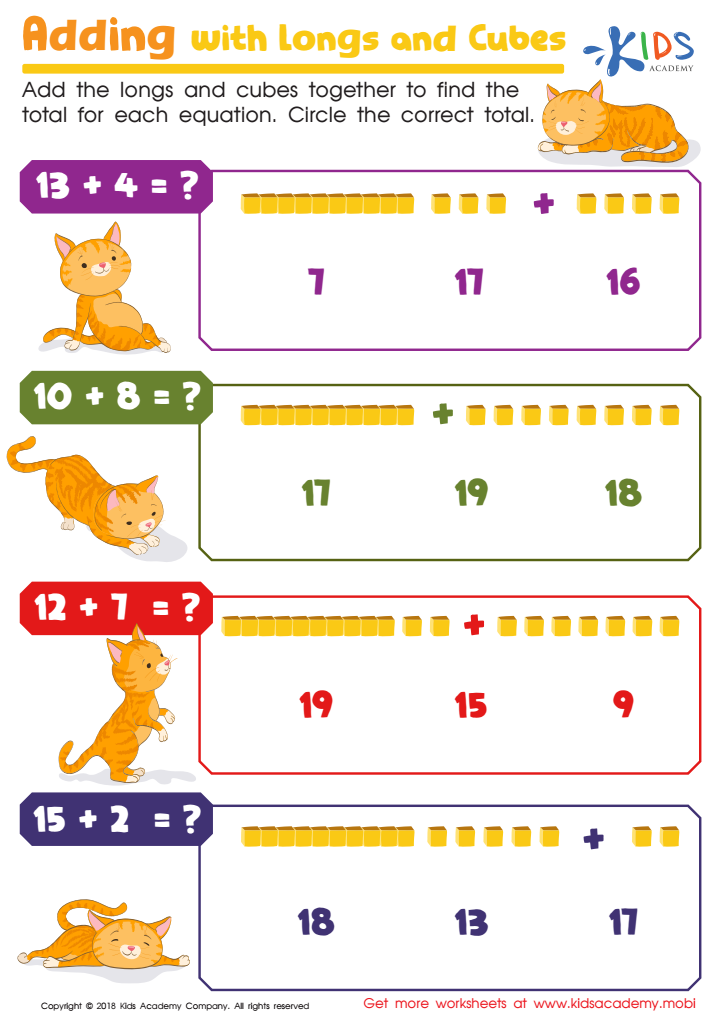

Adding With Longs and Cubes Worksheet
Parents and teachers should prioritize teaching shape recognition and basic arithmetic skills like addition and subtraction to children aged 6-8 because these foundational skills significantly enhance cognitive and academic development. Shape recognition helps children understand and organize the world around them by categorizing objects based on their characteristics. This cognitive skill is crucial for spatial awareness, critical thinking, and problem-solving abilities. Recognizing shapes also links directly to learning geometry, drawing, and reading, where identifying patterns and forms is essential.
Meanwhile, addition and subtraction are core components of early arithmetic, forming the basis for all future mathematical learning. Mastering these skills at a young age fosters a child's numerical literacy, enabling them to perform more complex operations with confidence as they progress in their education. Understanding these basics also bolsters a child's ability to follow instructions, solve problems, and think analytically. When combined, shape recognition and arithmetic help solidify a child's logical reasoning, spatial reasoning, and number fluency.
Early engagement in these areas through fun, interactive lessons can also help kids develop a positive attitude toward learning and they are more likely to perform well in school. A strong start in these critical skills lays the groundwork for academic success in various subjects, including science, technology, engineering, and mathematics (STEM).
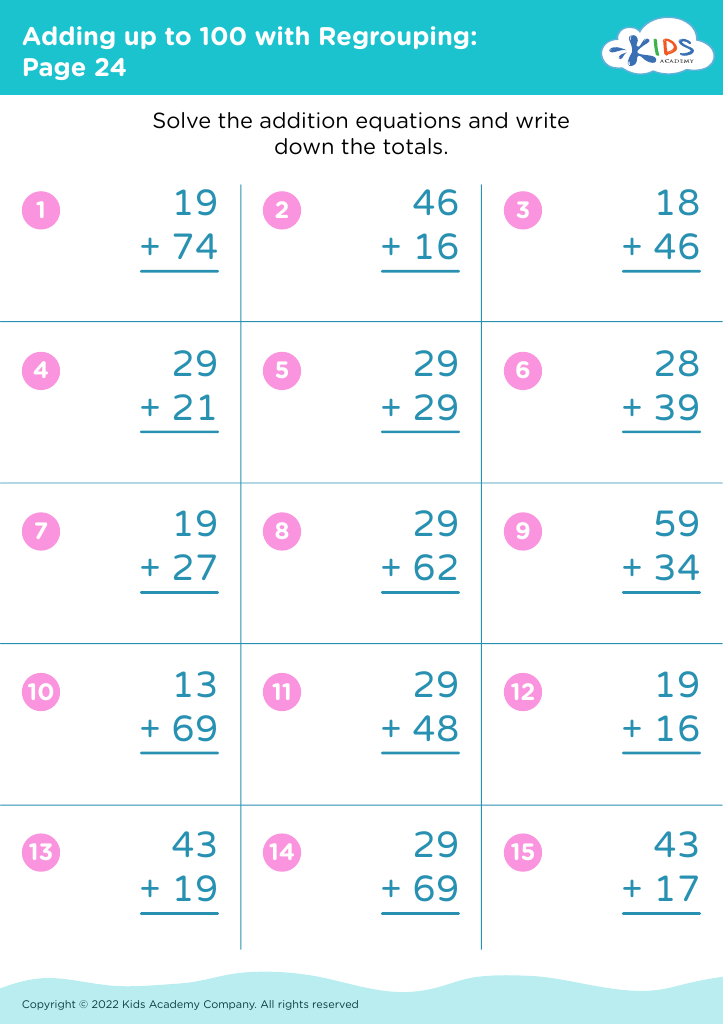
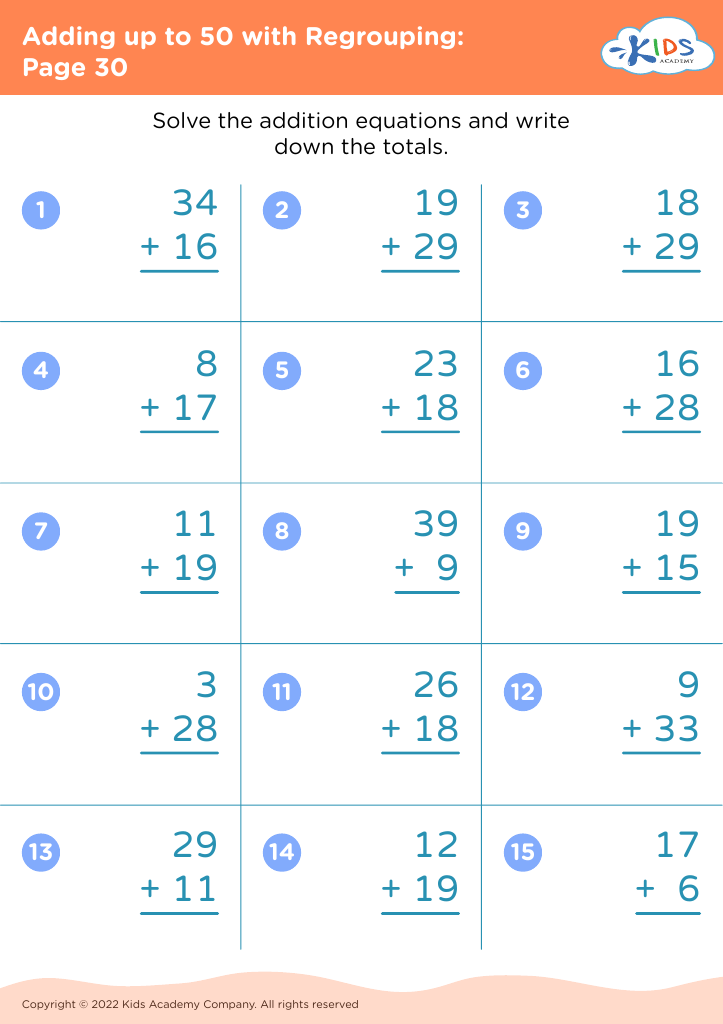
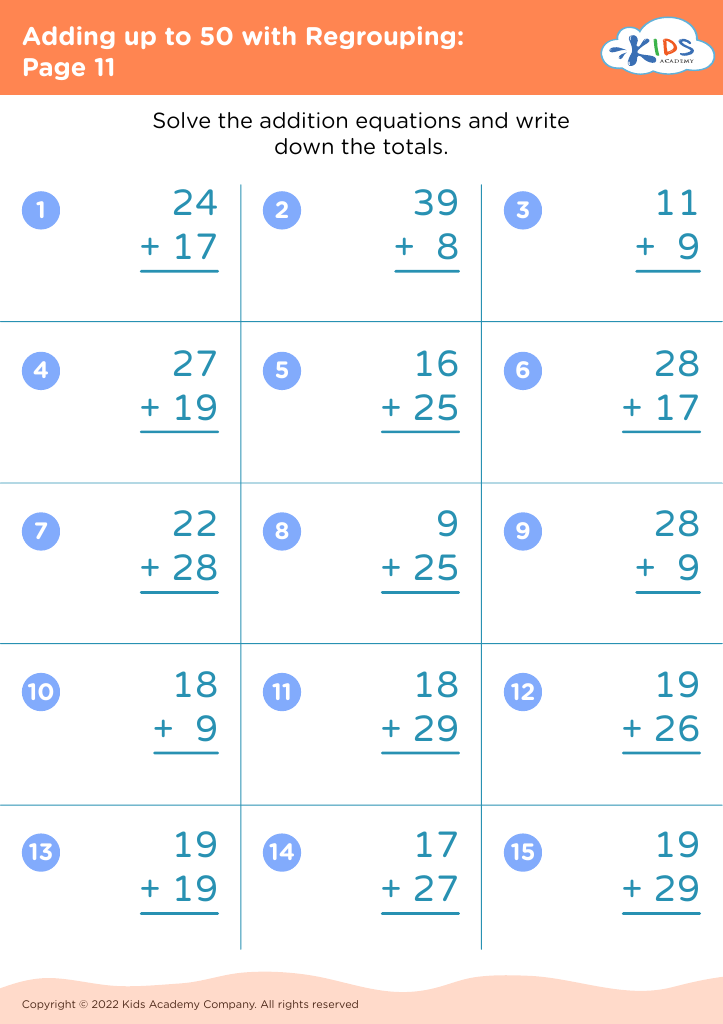
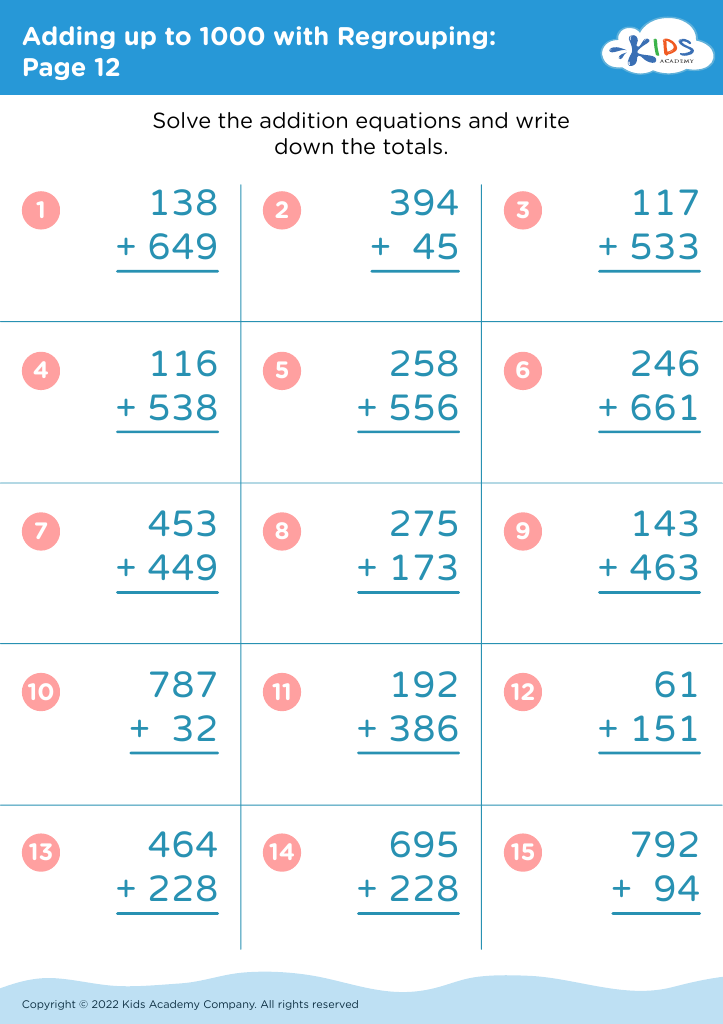
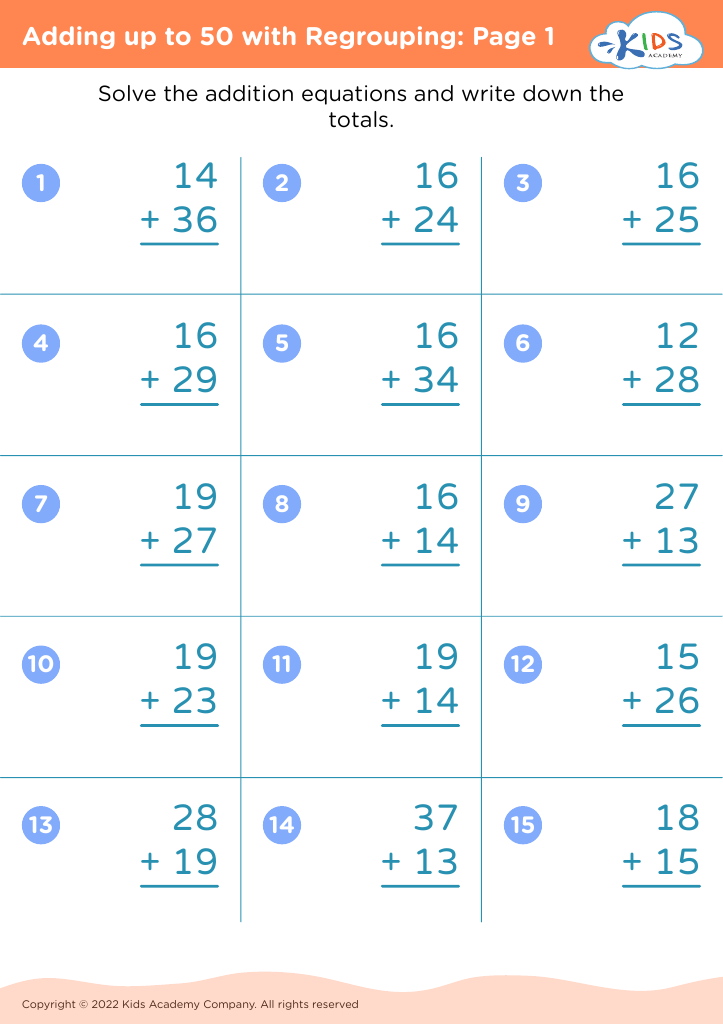
 Assign to My Students
Assign to My Students
